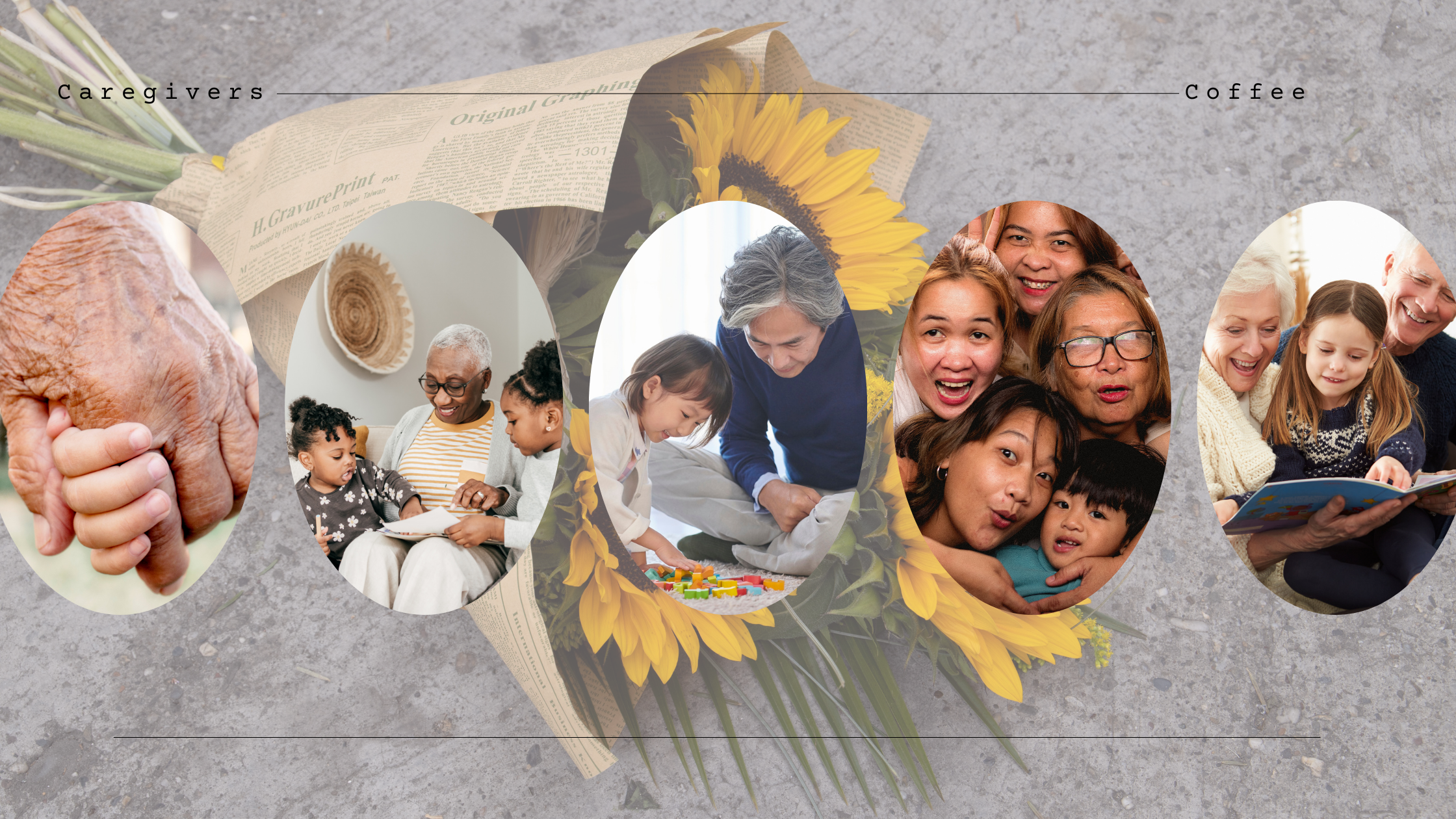Teaching Teens and Kids Real-Life Emergency Prep (While Supporting Our Aging Parents)
We live in a world where our kids can grow a garden, run a business, and feed pets—all in a video game.
They know how to navigate the on-line world, all necessary Wi-Fi passwords, and how to summon Siri and Alexa with absolute precision.
But if there’s a power outage?
A house fire?
A medical emergency while they’re home alone with grandma?
Would they know what to do?
As sandwich generation caregivers, we’re often stretched thin—caring for our kids while also supporting aging parents. But there’s a hidden opportunity here: what if we could involve our older kids and teens in family emergency readiness while teaching them real-life skills that matter?
This post isn’t about fear or worst-case scenarios. It’s about building confidence, connection, and capability—at both ends of the age spectrum.
1. Start With a Family Drill (Seriously, Make It Fun)
Schools do drills. My kids spent the first week of school practicing a different drill each day. So should we.
Walk through your home and ask questions out loud:
- “Where’s the fire blanket?”
- “Do you know how to use a fire extinguisher?”
- “If we had to leave fast, where would we meet?”
- “Do you know when to call 911?”
This isn’t about scaring anyone or rapid-fire questioning—it’s about rehearsing when emotions are calm, so they don’t freeze during chaos.
✨ Tip: We bought two fire blankets for my mom’s pantry and two for us. Easier to use than extinguishers and ideal for elderly hands—or nervous teens.
2. Teach Practical Skills That Actually Stick
This isn’t about chore charts or nagging—it’s about helping your teens and kids feel capable while supporting our aging loved ones. Most of us were never formally taught how to do basic things around the house. And yet, these are the very skills that make emergencies less chaotic.
Use this as a chance to pass on life skills they won’t learn in school:
- Change a light bulb and understand wattage limits (ever put a 100-watt bulb into a 50- watt socket?)
- Test smoke detectors and CO2 monitors and change batteries
- Find and check flashlights, always keep them in the same place
- Know where the circuit breaker is and how to reset it
These aren’t just tasks—they’re confidence-builders. They help your teen understand how things work, what to look for, and how they can genuinely help care for your home and family, not just exist inside it.
Every time they learn something like this, they’re stepping into a shared sense of responsibility—and you’re taking one more thing off your overloaded plate. Now, they can actually help you at Grandma’s house with these kinds of maintenance tasks.
3. Open the Medical & Emergency Conversation
Invite your teen to help check expiration dates on over-the-counter meds (leave the prescription bottles to you). Show them:
- Where the emergency contacts list or medical info is located in the home
- When and what to say when calling 911
- Grandma’s garage code and especially their own garage code
- Why we keep key documents in a fireproof box and where it is
These moments don’t have to be formal or framed as being scary. A quick talk while folding laundry or cleaning out a drawer can make all the difference. Here’s how I frame it:
“I’m so happy you like to spend time at Grandmom’s house. But if she falls when you are there, tells you she needs help, or you think she’s not ok, you don’t need to figure out what’s going on…you just pick up the phone and call 911. It’s never wrong to ask for help. Even if she’s ok by the time they get there, that’s the best-case situation. Here’s what we do:
- Call 911
- Say your name and address (always have a card with grandmom’s address easily accessible)
- Say,” My Grandmom needs help, she fell and can’t get up”
- Listen to what they say and stay on the line with them.
- After you finish the call with 911, then you call me.
I also remind them that I am not expecting this to happen and it’s not something to worry about. But now, you can help Grandmom if that happens and that’s what matters.
4. Normalize Preparedness, Not Paranoia
Emergency readiness doesn’t mean panic, fear or walking through every worse-case scenario—it means peace of mind. We’re not trying to raise our kids to live in fear of “what if”…just humans who know how to care for others and themselves when it matters most. You don’t need to keep the emergency plan or info all in your head.
Let your teen feel how important their role is. Say it out loud:
“I trust you. I want you to be able—not scared—but able to respond.”
Final Thought:
Every generation has something to teach and something to learn.
By involving our older kids and teens in emergency prep, we’re not just getting organized and lightening out mental load—we’re building a family system that supports each other across the generations.
And that? That’s the kind of “leveling up” no video game can match.
📥 Grab My Freebie This Week, especially if you’re mentally tired of carrying it all in yourself:
Want a checklist to get started? Download my free Emergency Ready Checklist—perfect for families with aging parents, teens, and way too much on their plate.
[Download the Checklist] → https://caregiverscoffee.myflodesk.com/echecklist
🔗 Resources to Go Further
1. Involving Youth in Community Emergency Preparedness
From mapping out evacuation routes to helping build go-bags, this multistate initiative showed how youth paired with adults in hands-on activities retained more and felt more prepared. It’s proof that learning by doing—together—works.
👉 Read the research summary on ResearchGate
Leave a Reply Cancel reply
This step-by-step guide helps you create a reliable medical record system -so you can stay organized.

Be the first to comment